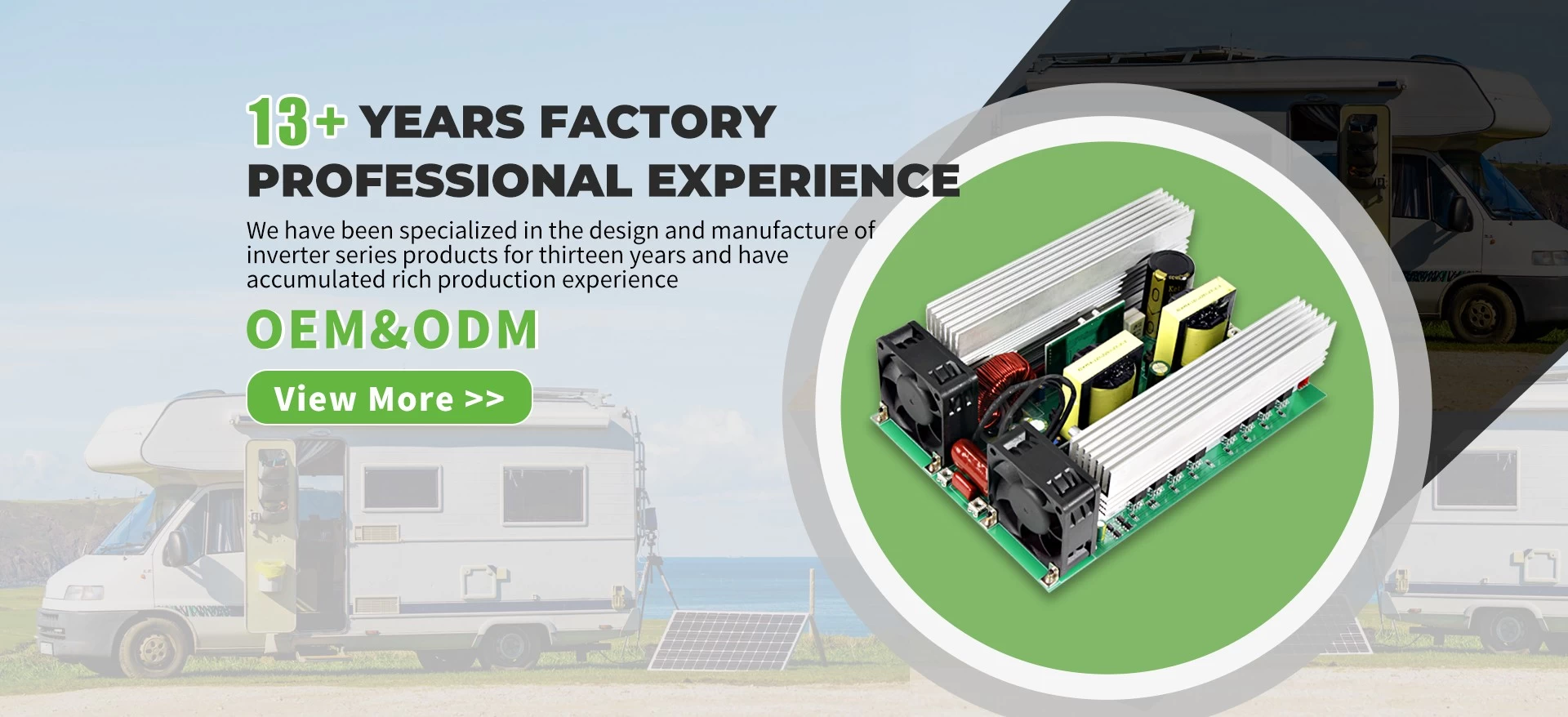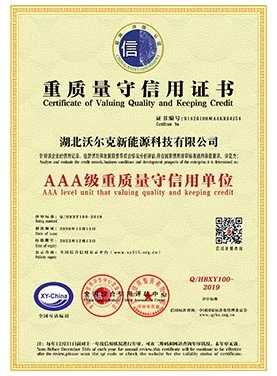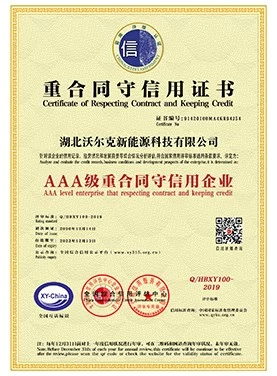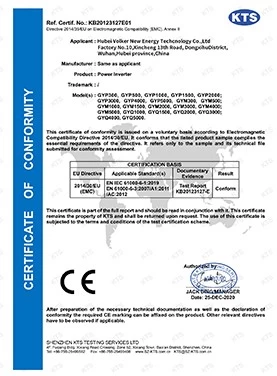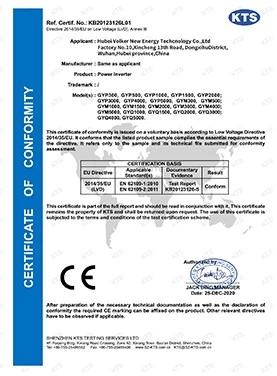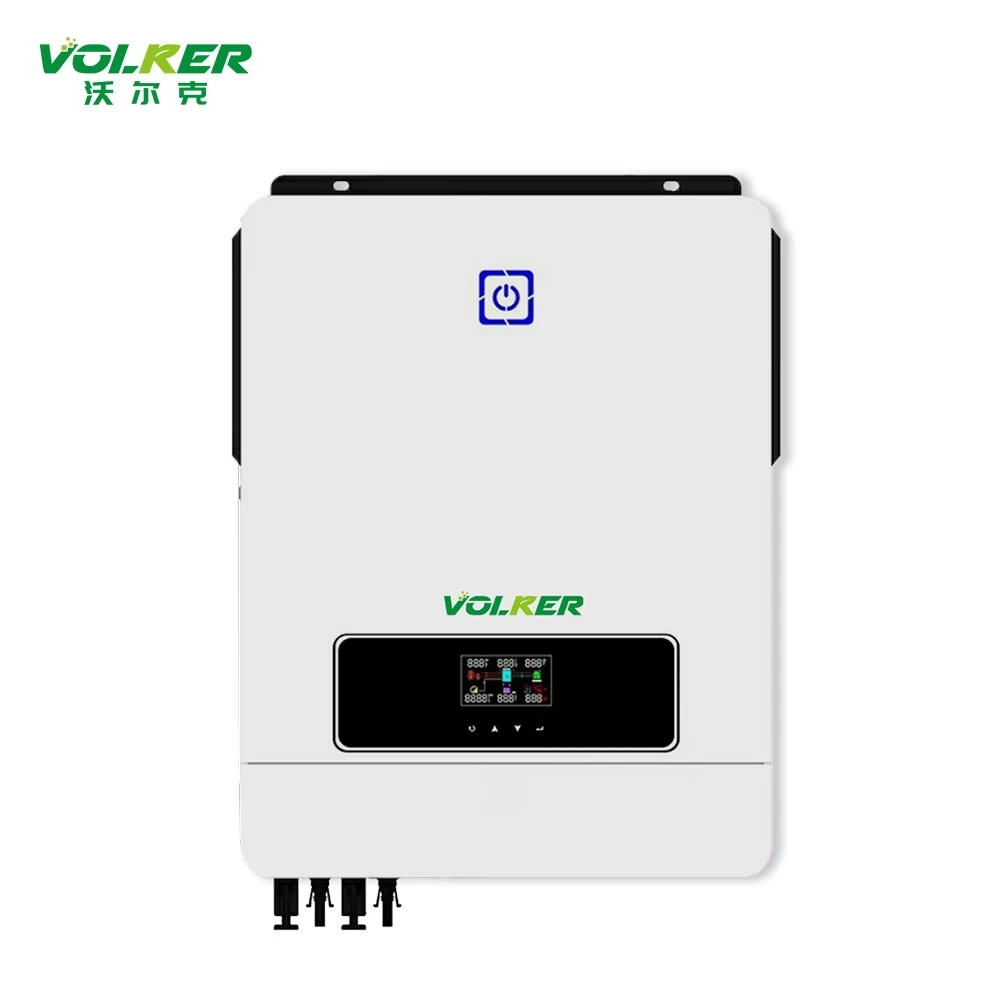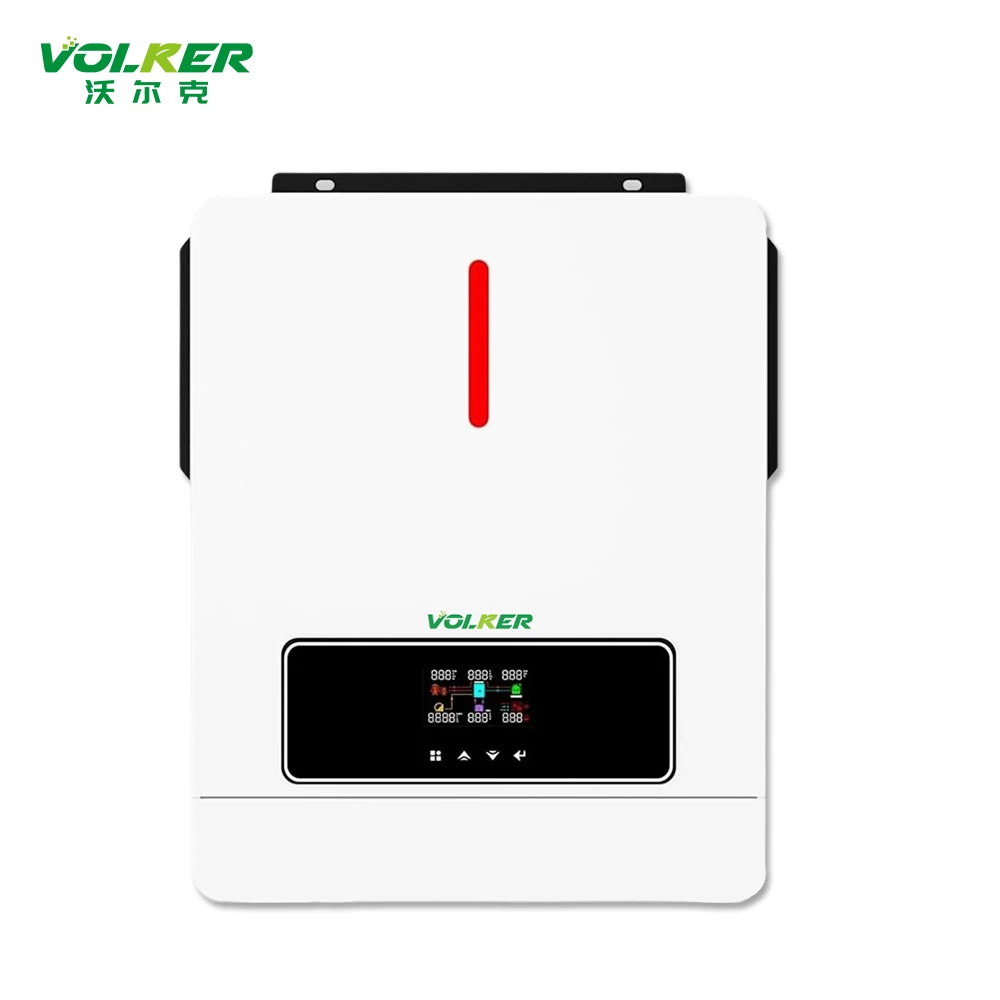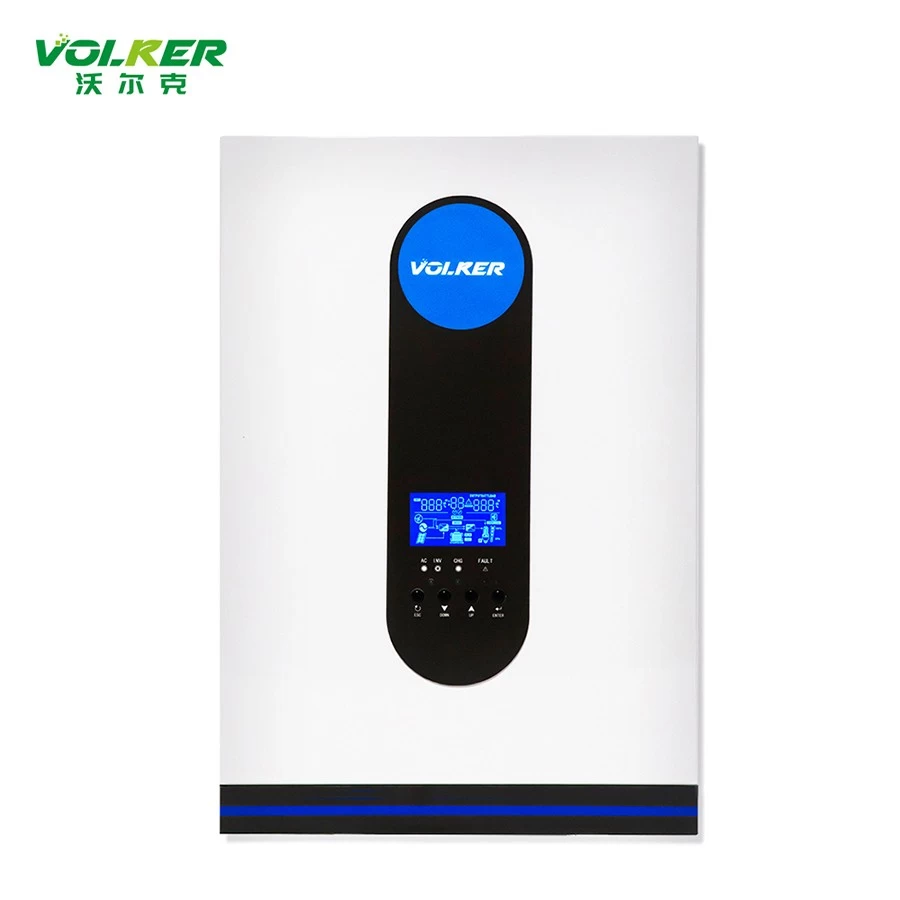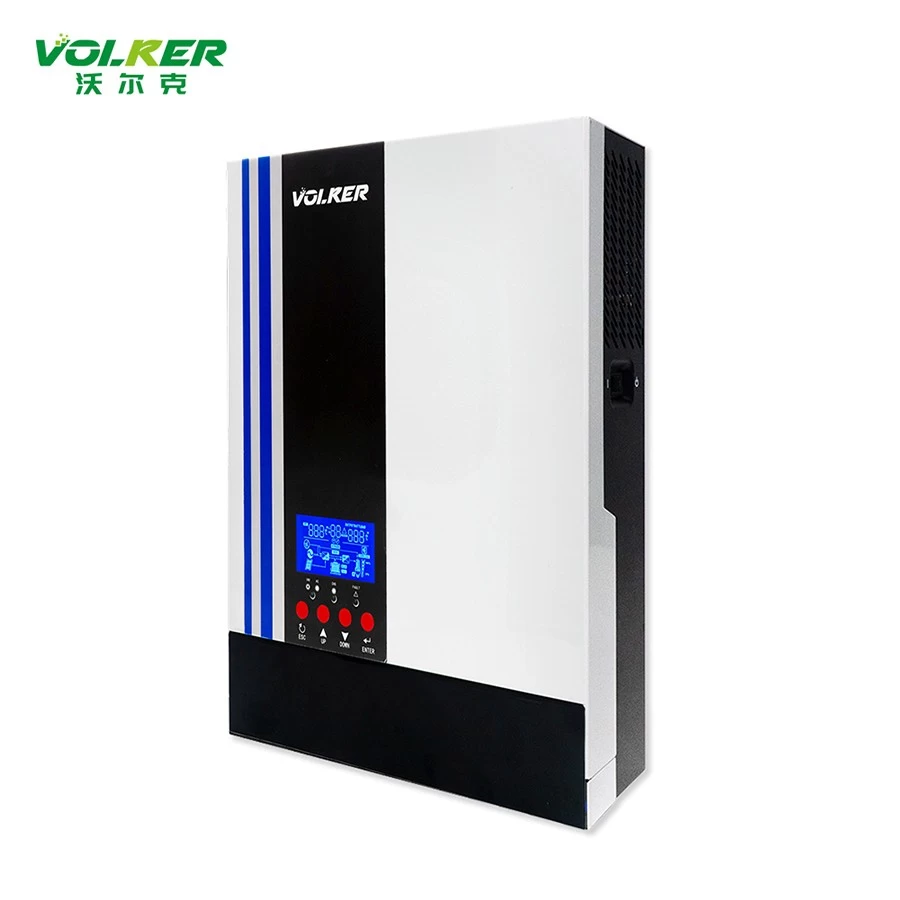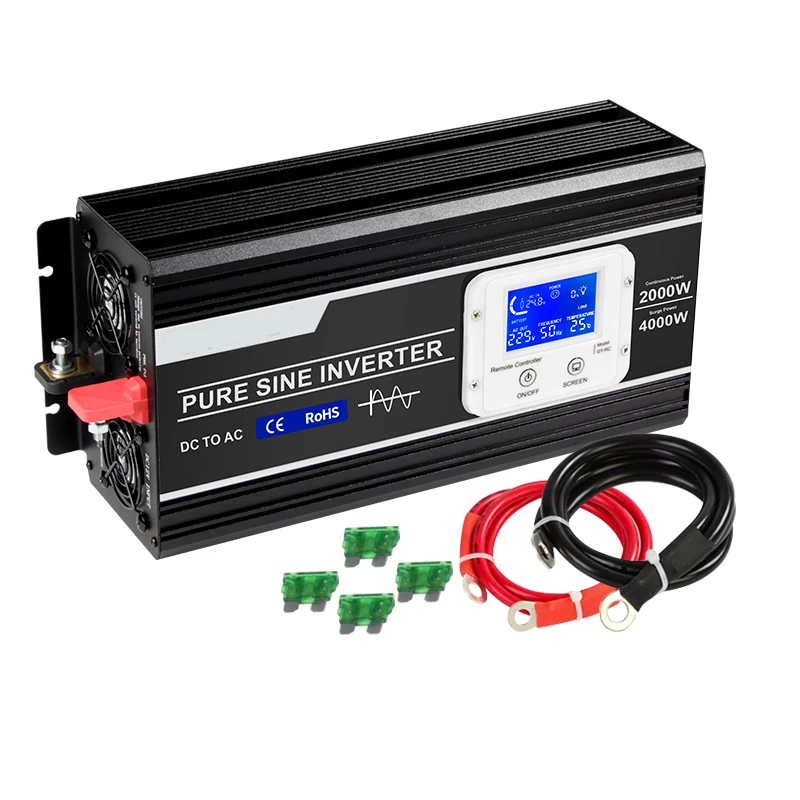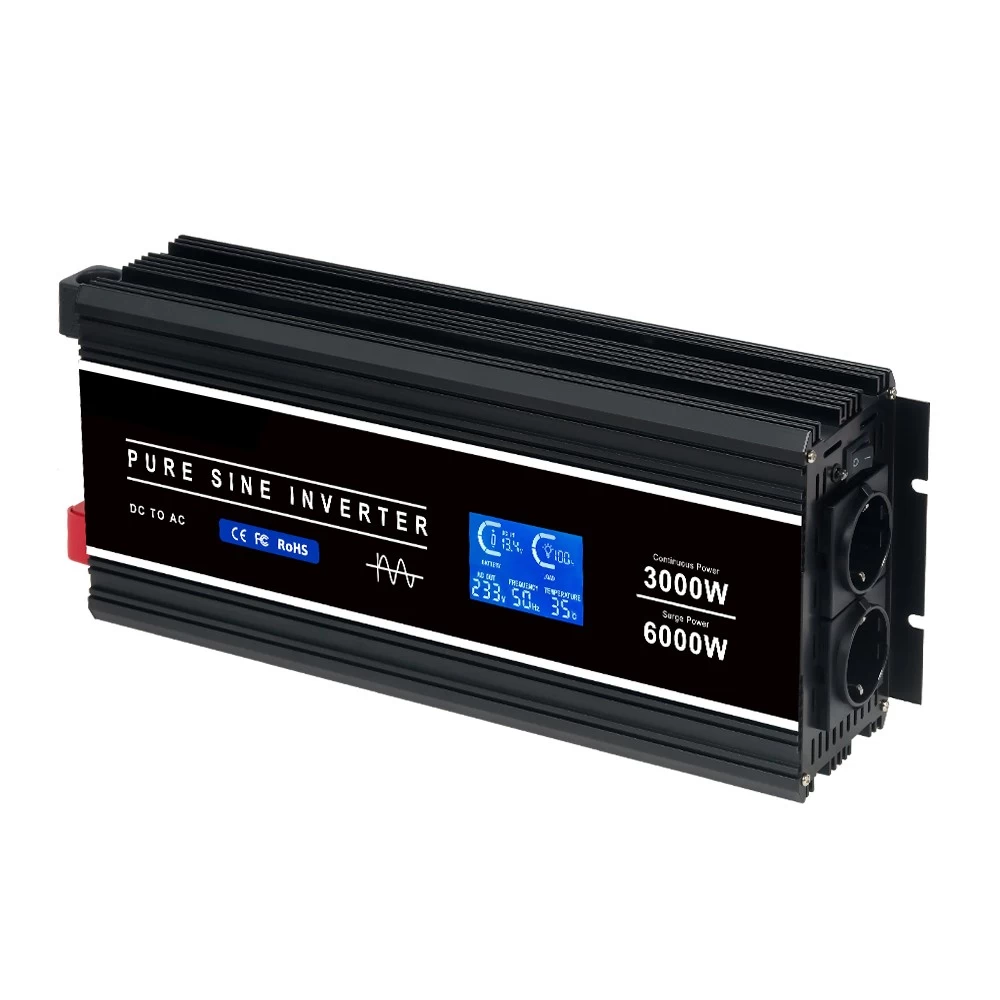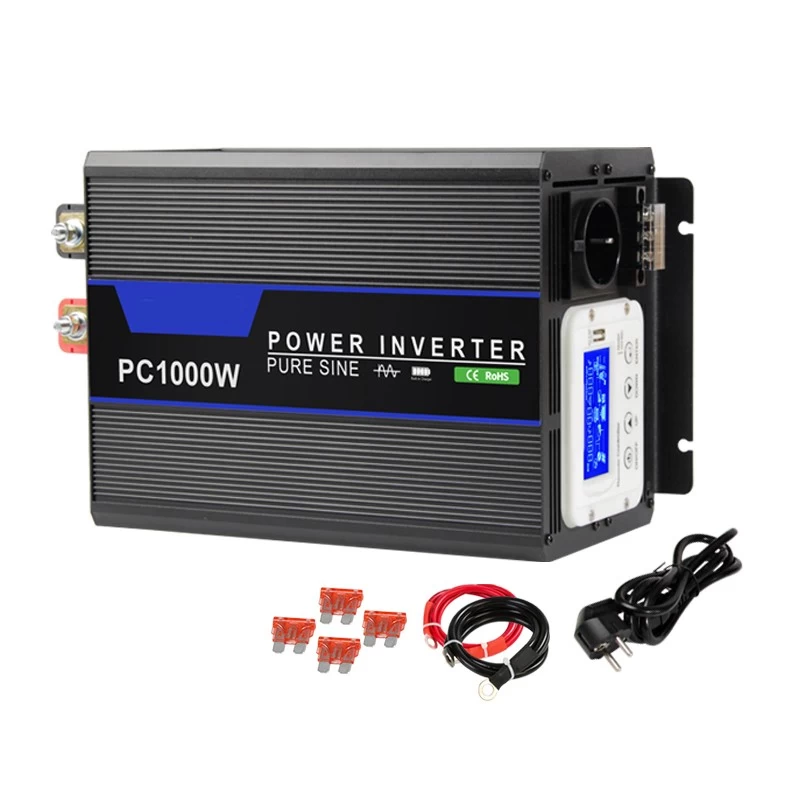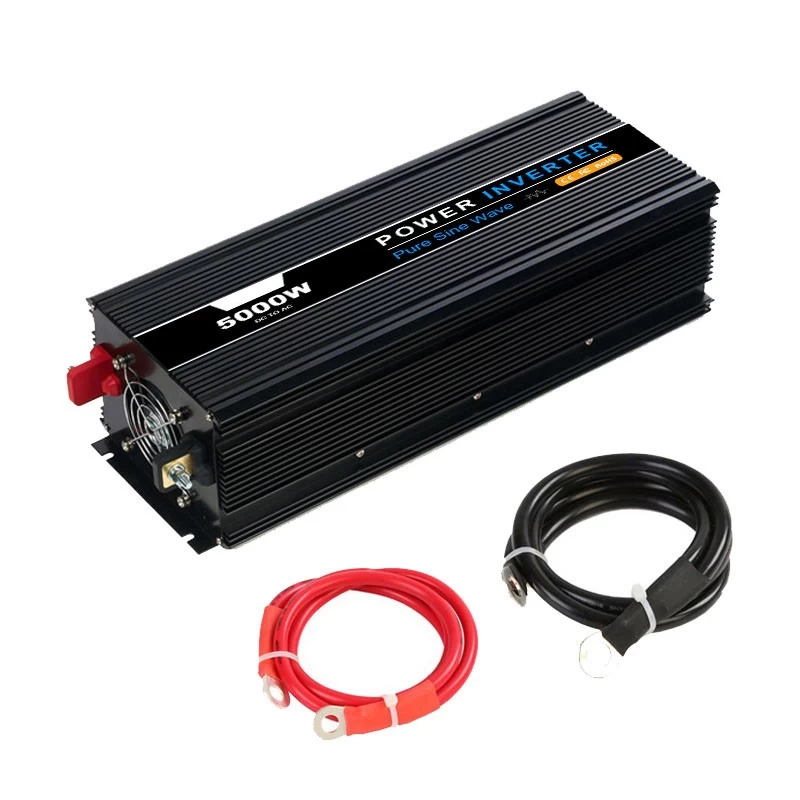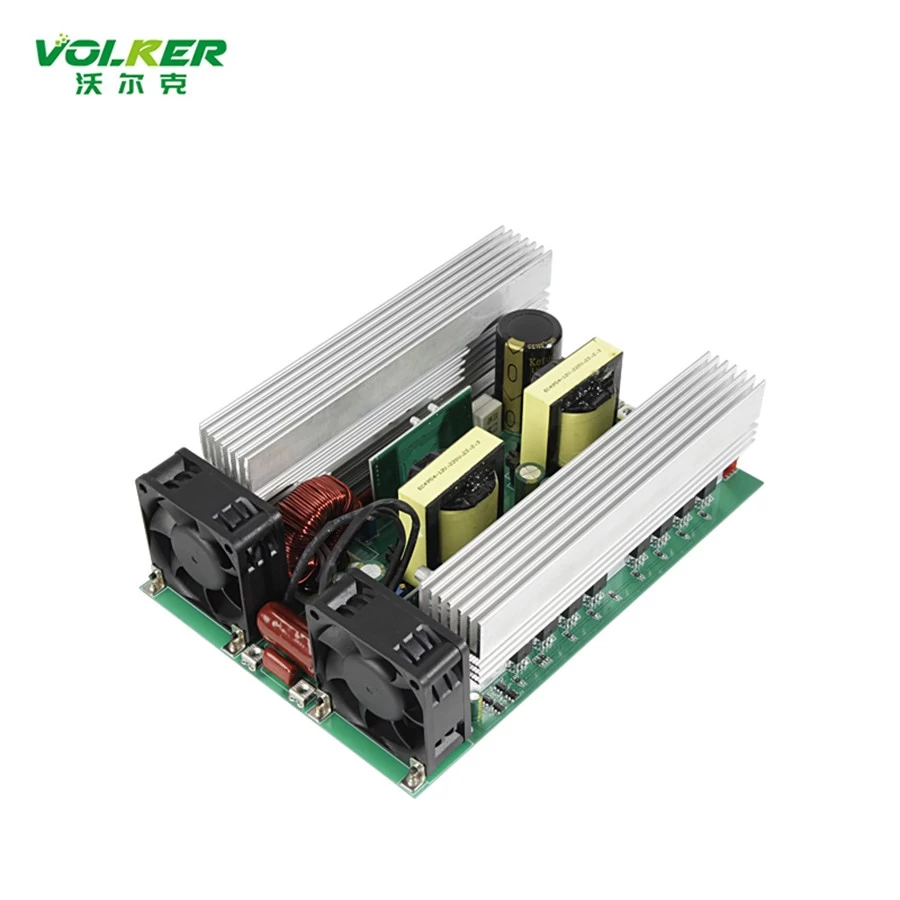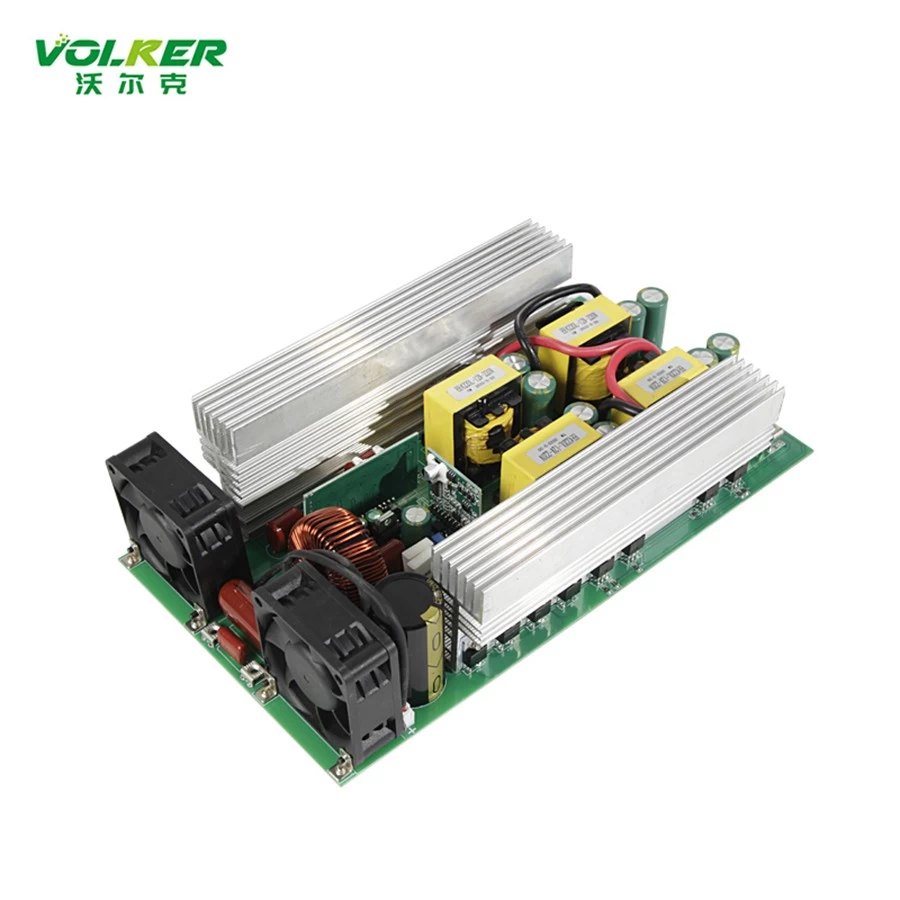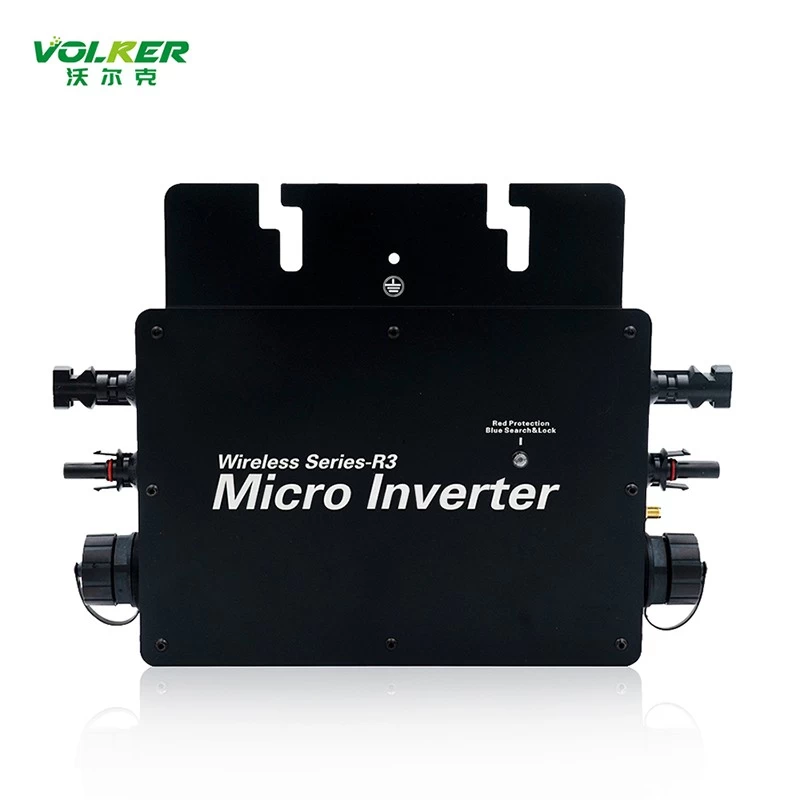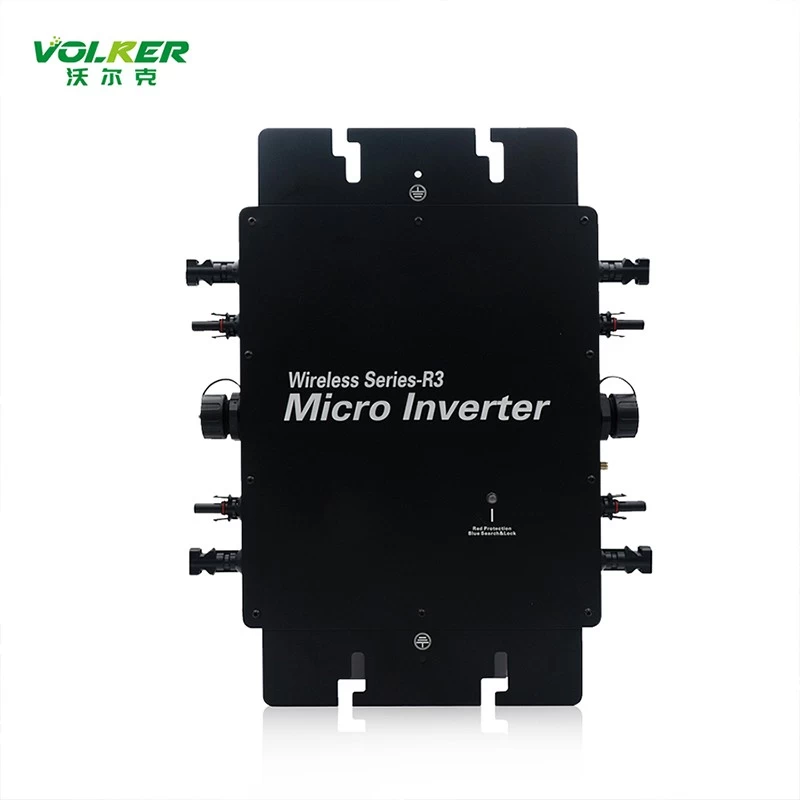How to Choose the Right Car Power Inverter
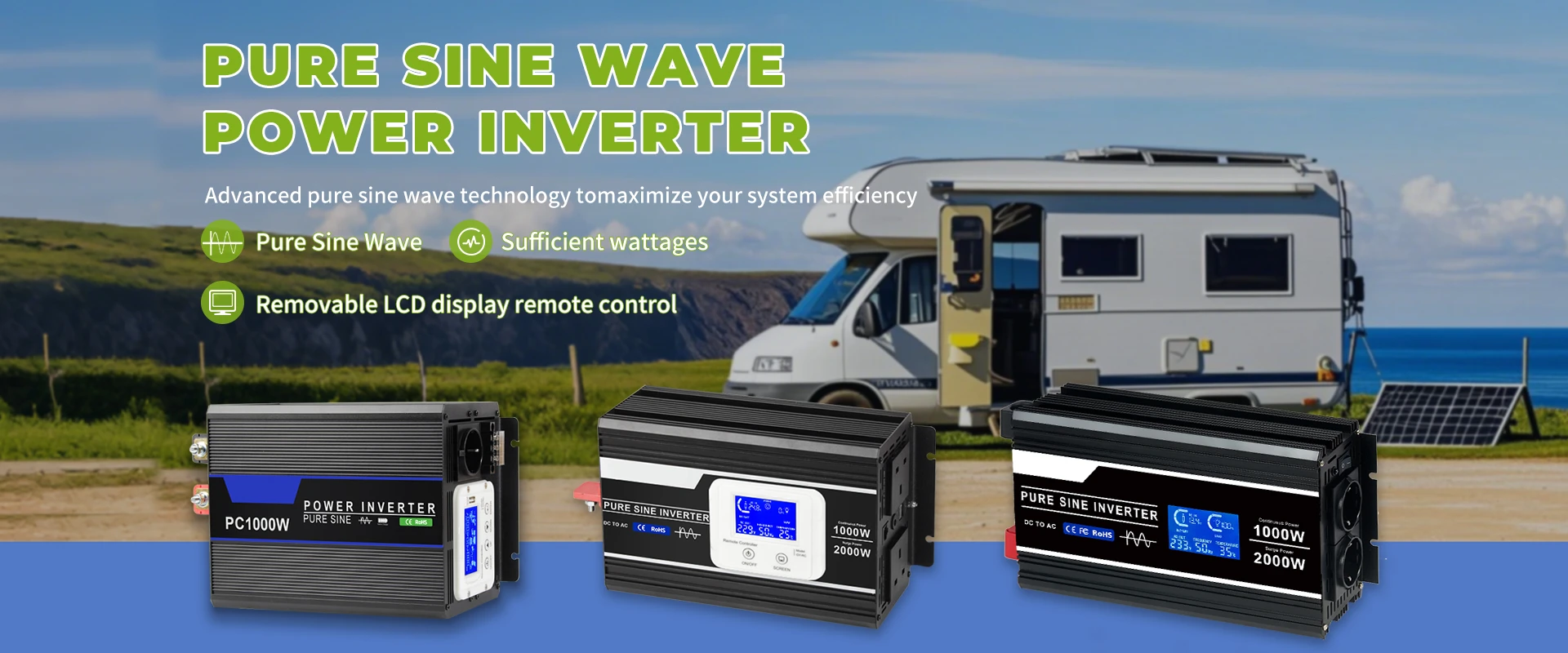
In today's increasingly mobile world, staying connected and powered up while on the road is more important than ever. Whether you're on a long road trip, camping, or simply need to charge your devices during your daily commute, a car power inverter can be an invaluable tool. However, with so many options available, choosing the right inverter for your needs can be a daunting task. This article will guide you through the key factors to consider when selecting a car power inverter.
1. Determine Your Power Needs
The first step in choosing the right car power inverter is to determine how much power you need. Start by making a list of all the devices you plan to use with the inverter. Check the power requirements (in watts) for each device, which can usually be found on the device itself or in the user manual. Add up the total wattage to get an idea of the minimum power capacity your inverter should have.
For example, if you plan to charge a laptop (60W), a smartphone (10W), and run a small fan (20W), you'll need an inverter that can handle at least 90 watts. However, it's always a good idea to choose an inverter with a higher wattage than your calculated total to account for any power surges or additional devices you might use in the future.
2. Choose the Right Type of Inverter
There are two main types of car power inverters: modified sine wave and pure sine wave.
-
Modified Sine Wave Inverters: These are more affordable and suitable for most basic devices like smartphones, laptops, and small appliances. However, they may not be compatible with more sensitive electronics, such as medical equipment or certain types of motors, which require a cleaner power source.
-
Pure Sine Wave Inverters: These inverters provide a smoother and more consistent power output, making them ideal for sensitive electronics and devices that require a high-quality power supply. While they are more expensive, they are generally more versatile and reliable.
3. Consider the Inverter's Continuous and Peak Power Ratings
When shopping for a car power inverter, you'll often see two power ratings: continuous power and peak power.
-
Continuous Power: This is the amount of power the inverter can supply on a continuous basis. It's the most important rating to consider, as it determines whether the inverter can handle your devices over an extended period.
-
Peak Power: This is the maximum power the inverter can supply for short periods, usually a few seconds. This rating is important if you plan to use devices that have a high startup power requirement, such as refrigerators or power tools.
Make sure the inverter's continuous power rating meets or exceeds your total power needs, and that the peak power rating is sufficient for any high-demand devices you plan to use.
4. Check the Input Voltage
Most car power inverters are designed to work with a 12-volt DC power source, which is standard for most vehicles. However, some larger vehicles, such as trucks or RVs, may have a 24-volt system. Ensure that the inverter you choose is compatible with your vehicle's electrical system.
5. Look for Safety Features
Safety should be a top priority when selecting a car power inverter. Look for inverters that come with built-in safety features such as:
-
Overload Protection: This feature automatically shuts off the inverter if it exceeds its power capacity, preventing damage to both the inverter and your devices.
-
Overheat Protection: This feature turns off the inverter if it gets too hot, reducing the risk of fire or damage.
-
Low Voltage Alarm/Shutdown: This feature alerts you or shuts off the inverter if the vehicle's battery voltage drops too low, preventing the battery from being drained.
6. Consider the Number of Outlets and USB Ports
Depending on how many devices you plan to use simultaneously, you may want an inverter with multiple AC outlets and USB ports. Some inverters also come with additional features like LED displays, which can show the battery voltage or power consumption, making it easier to monitor your usage.
7. Portability and Installation
Finally, consider how and where you plan to use the inverter. If you need a portable solution, look for a compact, lightweight inverter that can be easily moved between vehicles. If you plan to install the inverter permanently in your vehicle, consider models that come with mounting hardware and are designed for more permanent installation.
Conclusion
Choosing the right car power inverter doesn't have to be complicated. By understanding your power needs, selecting the appropriate type of inverter, and considering factors like safety features and portability, you can find an inverter that will keep your devices powered up and ready to go, no matter where the road takes you. With the right inverter, you can enjoy the convenience of having access to power wherever you are, making your travels more comfortable and productive.

